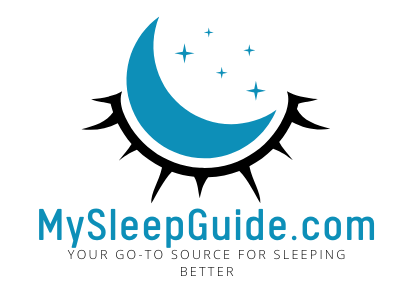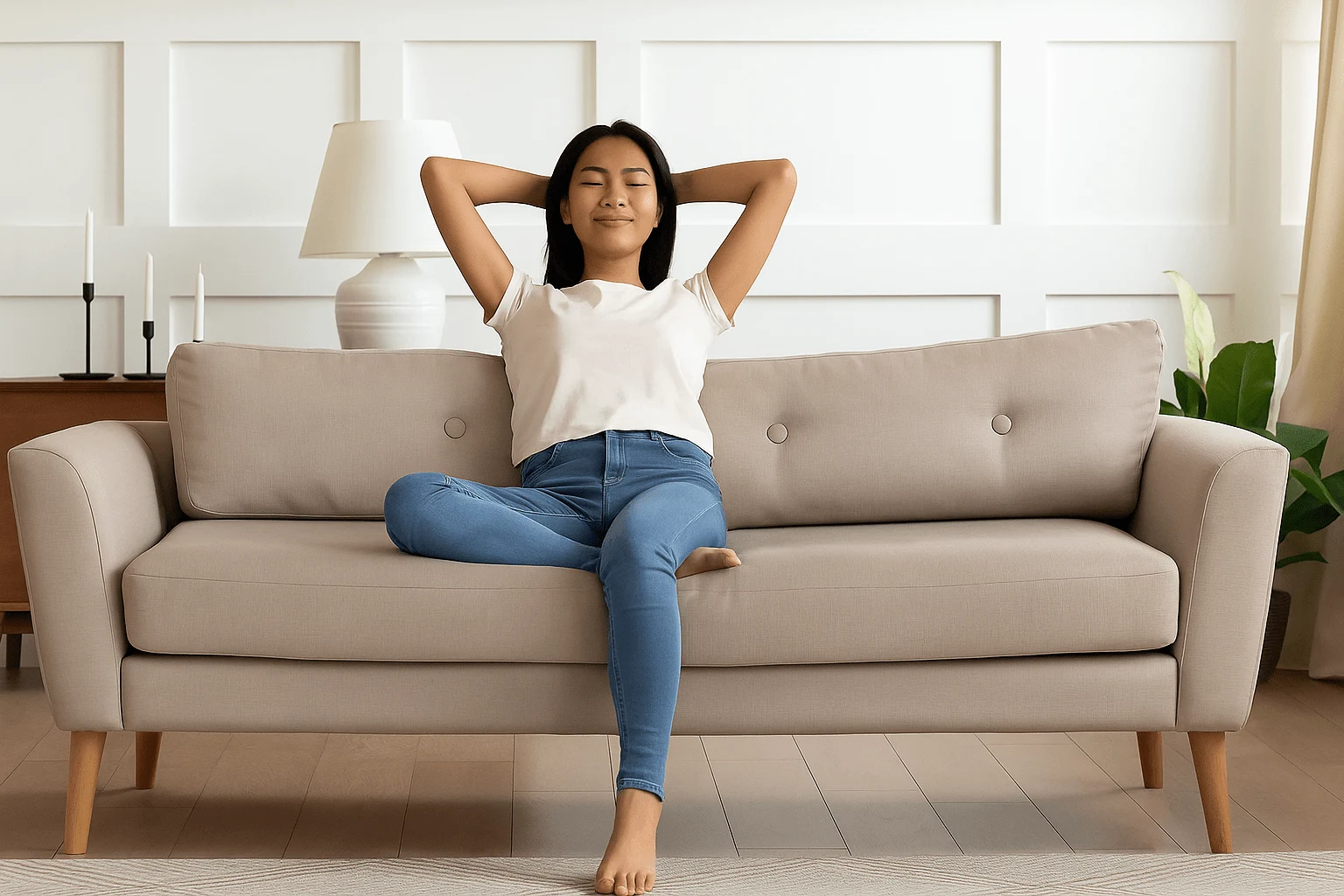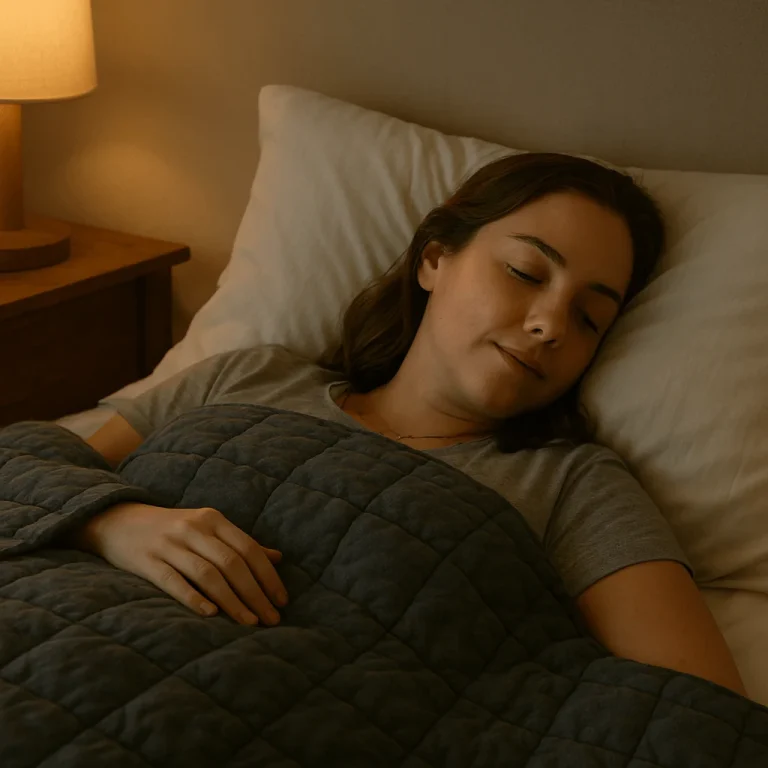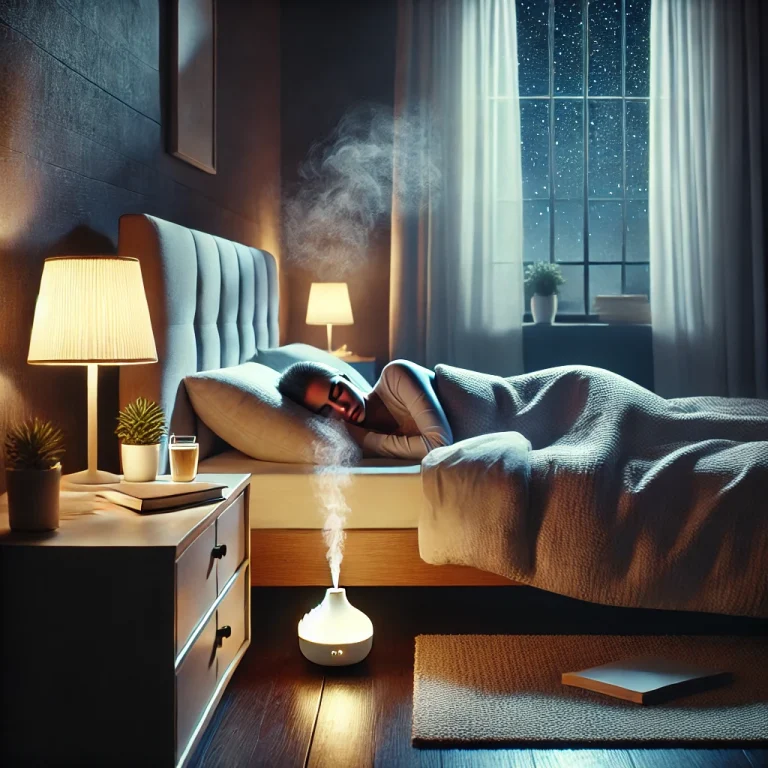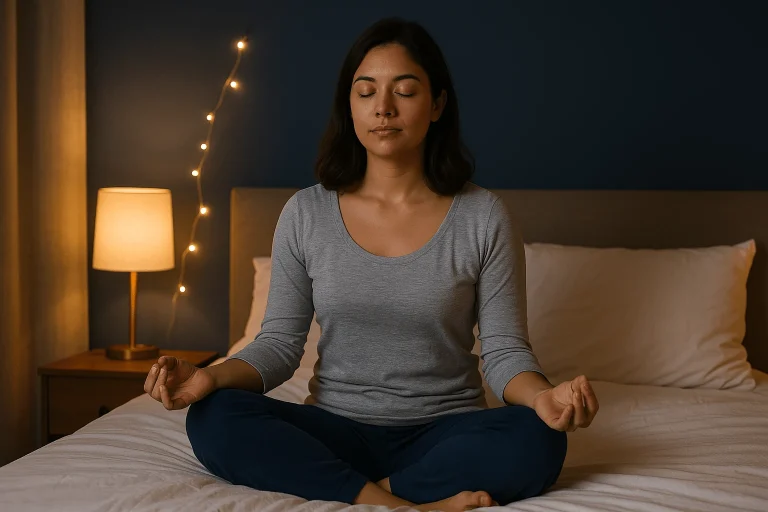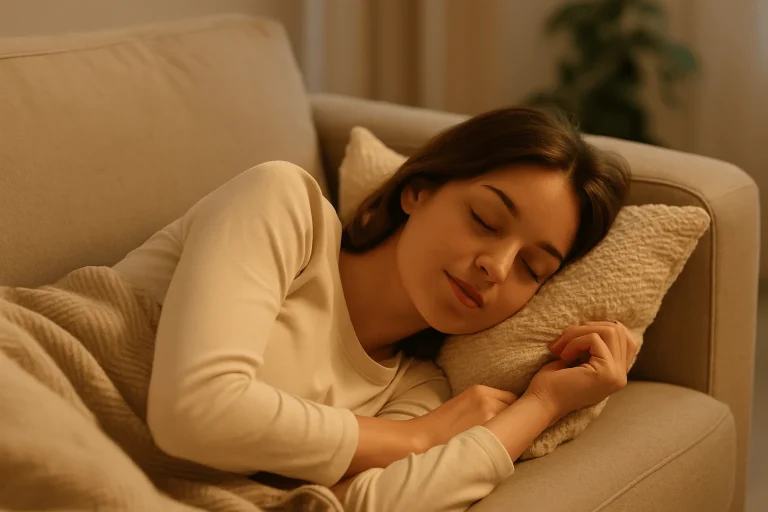How to Power Nap Without Oversleeping: Quick Guide
It’s mid-afternoon, and suddenly your focus slips. The screen blurs, your eyelids grow heavy, and even a strong coffee doesn’t cut through the fog. What your body really wants in that moment isn’t more caffeine — it’s a quick reset: a power nap.
Why Power Naps Matter
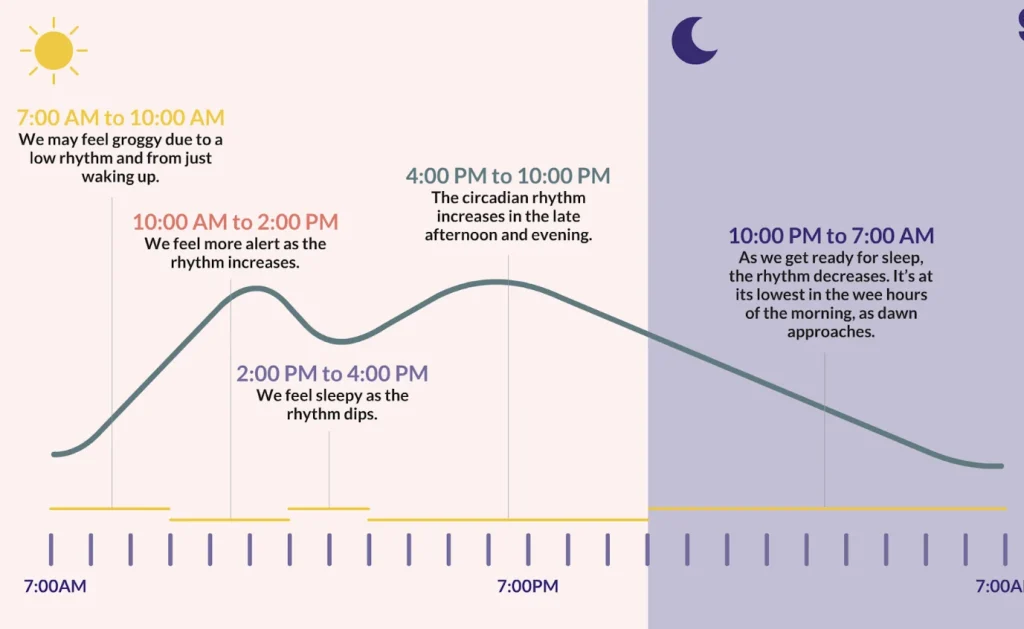
That afternoon crash isn’t just in your head — it’s built into your biology. Your body follows a circadian rhythm, a natural 24-hour cycle that regulates energy, alertness, and sleep. Around 1 to 3 p.m., most people experience a dip as hormones shift and the brain’s alertness signals quiet down.
This dip is why meetings feel harder, concentration drifts, and you start reaching for a snack or another coffee. Instead of fighting it, a short nap works with your body’s rhythm, giving your brain the reset it’s already primed for. Think of it as leaning into the natural pause button built into your day.
Your Body’s Daily Rhythm
Your circadian rhythm naturally rises and dips throughout the day. Notice the low point in the afternoon — that’s when a power nap works best.
- 7:00–10:00 a.m. → Groggy as your rhythm is still low
- 10:00 a.m.–2:00 p.m. → Alertness rises
- 2:00–4:00 p.m. → Natural dip makes you sleepy
- 4:00–10:00 p.m. → The circadian rhythm increases again
- 10:00 p.m.–7:00 a.m. → Rhythm decreases to prepare for sleep
💡 Tip: That 2–4 p.m. dip is your body’s built-in nap window.
The Benefits of Power Naps
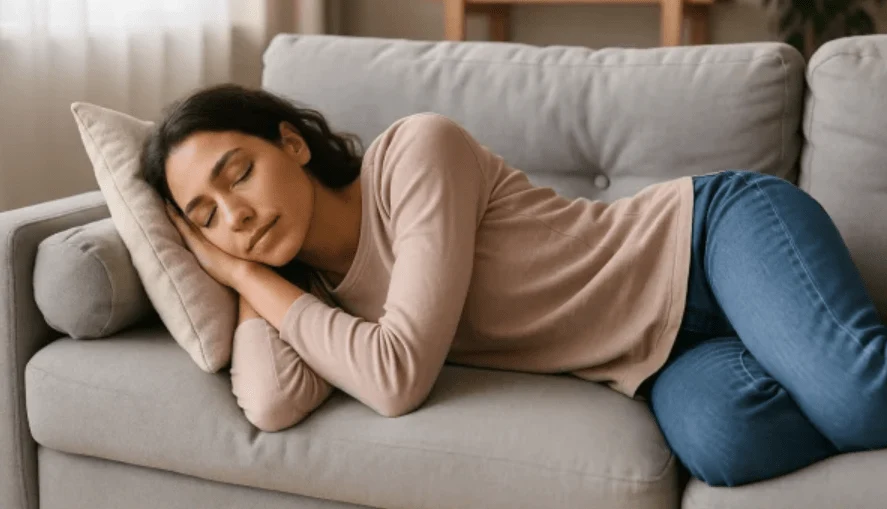
Sharper Thinking and Focus
A short nap clears mental fog and restores focus, making it easier to tackle complex tasks or push through long afternoons. Research from NASA showed that pilots who napped for just 20–30 minutes were more than 50% more alert and performed 30% better on tasks afterward. Harvard researchers have found similar improvements in reaction time, attention, and memory.
A Natural Mood Reset
Naps don’t just boost thinking — they lift your mood. A brief rest lowers stress hormones, reduces irritability, and helps you feel calmer. Many people describe it as hitting a “reset button” on their day, coming back with more patience for work, family, or even traffic.
Steady Energy Without the Crash
Unlike coffee, which spikes energy and sometimes leaves you jittery or restless at night, naps restore energy naturally. You wake up feeling steady and refreshed, not wired.
Long-Term Health Support
Studies suggest that short, consistent naps may benefit heart health and reduce cardiovascular risks. The key is keeping them brief and intentional. Longer, unstructured naps — especially over an hour — can have the opposite effect.
Safer and More Productive
In demanding jobs like healthcare or aviation, naps aren’t just helpful — they’re essential for safety. For everyday life, that means you’re less likely to zone out while driving, make careless mistakes, or drag through your evening.
How to Power Nap the Right Way
Learning how to power nap isn’t complicated, but doing it well comes down to timing and setup. Here’s how to make yours work every time.
Choose the Right Length
- 10 minutes → Quick reset with almost instant alertness.
- 20 minutes → The “classic” power nap — long enough to recharge, short enough to avoid grogginess.
- 90 minutes → A full sleep cycle, useful if you’re recovering from major sleep loss, though not practical every day.
Think of naps like tuning an instrument — a few minutes is all it takes to bring your system back in balance.
Time It Well
Early afternoon, usually between 1 and 3 p.m., is when your body naturally dips. Nap too late, and you risk pushing back bedtime. Nap too early, and you may not feel the benefit.
Create the Right Environment
- Dark, quiet, and cool makes it easier to drift off.
- An eye mask or noise-canceling headphones can help if you’re in a busy place.
- Setting an alarm gives you permission to fully relax, knowing you won’t oversleep.
Try the “Nappuccino” Trick
Drink a small coffee just before you close your eyes. Since caffeine takes about 20 minutes to kick in, you wake up with a double boost: the nap plus the coffee.
These tips set you up for the perfect nap. But if your schedule’s tight and you just want to fall asleep fast, here’s how to make it happen.
Related Post: 8 Sleep Hygiene Tips for Better Sleep and Energy Tomorrow
How to Take a Nap Fast
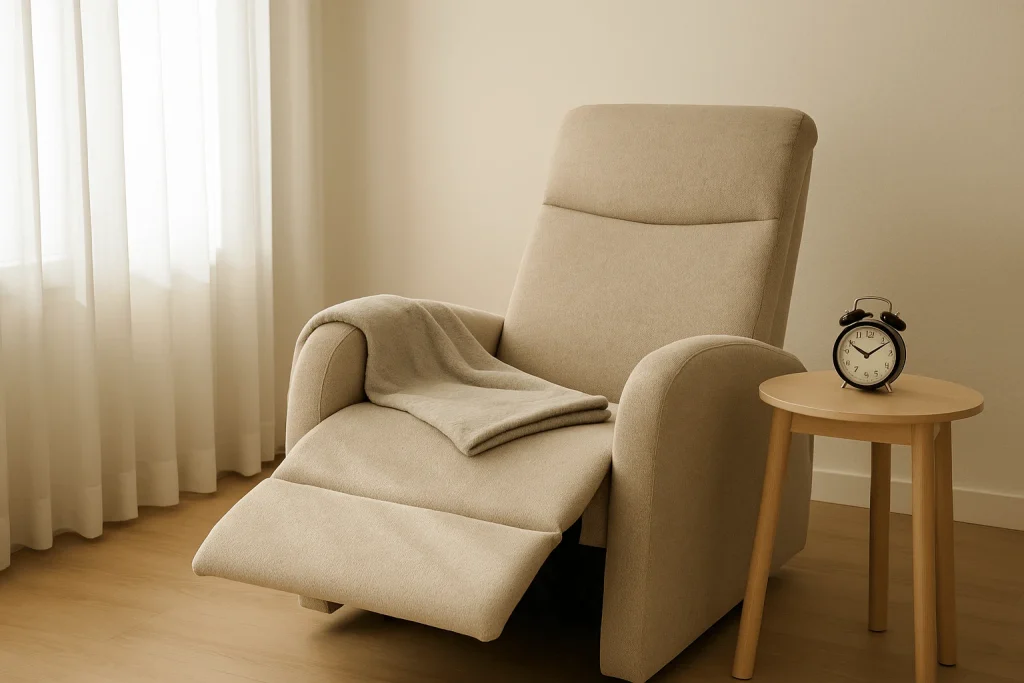
If you’ve ever wondered how to take a nap fast, the secret is setting up the right conditions so your body can switch into rest mode quickly. Here’s a simple checklist to help you nap faster and wake refreshed:
- Set a timer → 10–20 minutes is ideal. Knowing an alarm is set makes it easier to relax right away.
- Find a nap spot → Dark, quiet, and cool if possible. Even a reclined car seat with an eye mask can work.
- Block distractions → Use white noise or calming music to drown out background sounds.
- Try the nappuccino → Drink a small coffee before lying down. By the time you wake, caffeine is kicking in.
- Relax your body → Take a few slow breaths, unclench your jaw, and let your muscles loosen — it helps your mind switch off faster.
- Don’t stress if you don’t fully sleep → Even resting with eyes closed can reset your energy.
Think of it as a mini routine: timer, space, relax. The more often you practice it, the faster you’ll drift off.
When Naps Backfire
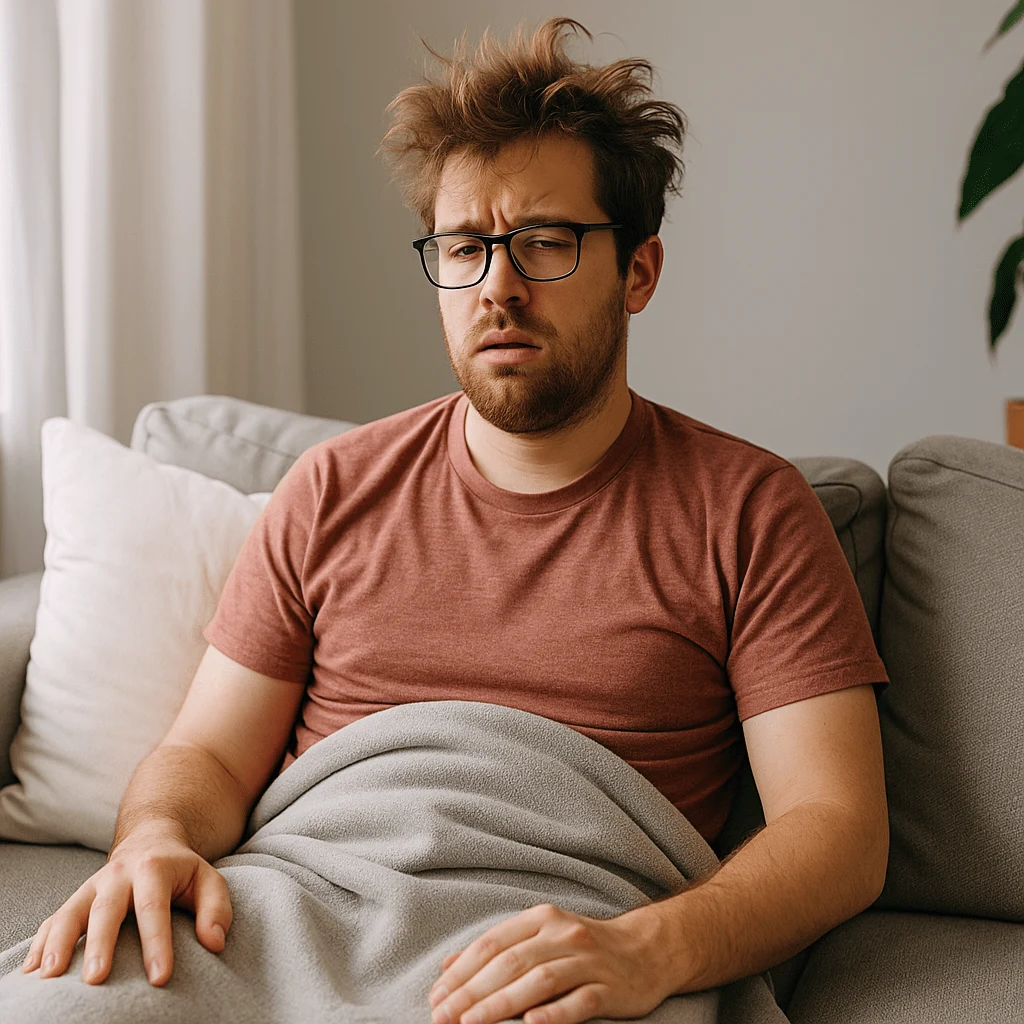
Power naps are usually refreshing, but they can backfire if you’re not careful. Here are the main situations to watch for:
Sleep Inertia
Waking up groggy or disoriented after a nap often means you slipped into deep sleep. This “sleep inertia” can last 20–30 minutes and make you feel worse than before.
Nighttime Sleep Disruption
Late or long naps can push back your bedtime or cause you to toss and turn at night. If you struggle with insomnia, daytime naps can make it harder to reset your schedule.
Daily Dependence
Needing naps every single day just to get through might signal poor nighttime sleep or an underlying issue like sleep apnea. If naps feel less like a choice and more like a necessity, it’s worth talking with a doctor.
Extra-Long Naps
Napping for more than an hour on a regular basis has been linked to higher risks of heart and metabolic problems. The healthiest naps are short, intentional breaks — not drawn-out afternoon sleeps.
Related: Why AM I Always Tired? 7 Causes of Daytime Fatigue and How to Fix It
A Quick Takeaway
A power nap isn’t about being lazy — it’s about giving your brain and body the reset they’re wired to need. With just 10–20 minutes, you can shake off the afternoon slump, think more clearly, and carry more energy into the rest of your day.
Instead of pushing through with caffeine or willpower, try giving yourself permission to rest. A short nap is one of the simplest, healthiest tools you have to stay sharp — and once you experience the difference, it’s hard to ignore.
Frequently Asked Questions About Power Naps
How to Take a Power Nap Without Oversleeping
To take a power nap without oversleeping:
- Set an alarm for 10–20 minutes.
- Nap between 1–3 p.m. when your body is naturally drowsy.
- Try the “nappuccino” trick — drink coffee before your nap so caffeine helps wake you up.
What is the 10 Minute Nap Trick?
The 10-minute nap trick is setting a timer for ten minutes and resting with your eyes closed. Even if you don’t fall fully asleep, this short reset can quickly boost energy, focus, and alertness.
What is the 30–90 Rule for Naps?
The 30–90 rule means napping for less than 30 minutes to stay in light sleep or for around 90 minutes to complete a full cycle. Naps between 30–60 minutes often cause grogginess because you wake up during deep sleep.
Is It a Nap If You Don’t Fall Asleep?
Yes. Resting quietly with your eyes closed still calms your body and mind. While drifting into light sleep offers more benefits, even quiet rest improves alertness and reduces stress.
Is a 3 Hour Nap Too Long?
Yes. A 3-hour nap is usually too long because it disrupts your circadian rhythm and makes nighttime sleep harder. Unless you’re severely sleep-deprived, shorter naps are better for maintaining balance.
Does Napping Impact Your Sleep at Night?
Napping can affect nighttime sleep depending on timing and length. A short nap in the early afternoon usually helps, but long or late naps often make it harder to fall asleep at bedtime.
